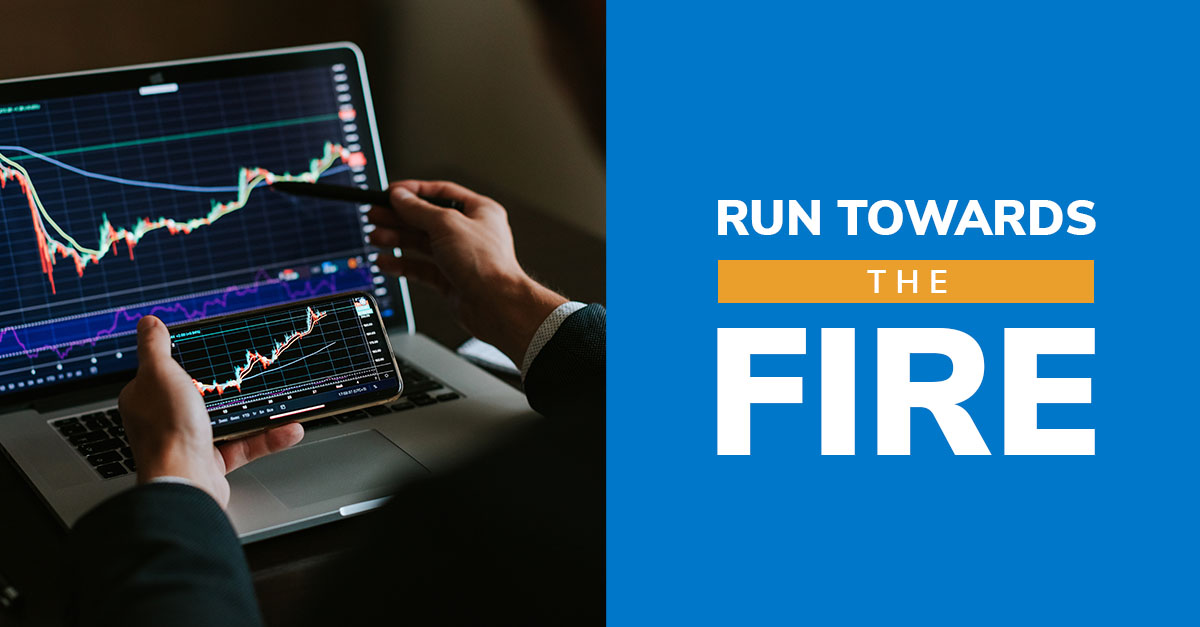
In today’s tumultuous markets, there are a lot of questions around making the “right” investment. If you want to increase your risk tolerance—or make the most of the risk tolerance you have—those questions should be less about where, when and what. Strong, bold choices start with how.
Set your criteria for screening opportunities.
First, identify value. At Percipio, we live by the old investing adage of “price is what you pay, and value is what you get.” In other words, there are no bad deals, there are just bad prices. As a rule, we do not avoid new industries or new investment opportunities because of a lack of specific experience, but we must identify value before we will move forward.
After value, we look for cash generating businesses that have stable cash flows (in the case of operating companies). Our preferred situation is one where an owner/operator lacks a succession plan but has a desire to continue working in the business. In building strong partnerships with the owners, we can create alignment and work with them to fill gaps.
While value and cash are most important, you can’t overlook the joy in the work. Some of our investments require us to roll up our sleeves and get to work in the business, and I don’t mean metaphorically—it’s a good day when we can leave our suits on the hanger and come to work in coveralls and boots. We can inject capital for expansion and put our talents to work developing scalable processes that form the foundation of growth.
Remove emotion from the equation early on.
Unlike many others in the arena, I was exposed to investing at a very young age. I started researching and picking stocks when I was in high school—which meant patiently waiting to get the newspaper to get the daily stock quotes.
When I experienced losses, I realized that I had a different reaction than most, especially when markets were in extreme turmoil. Where others were acting on emotions, I learned to deploy my capital with confidence. As I moved into private investing, this has evolved into a philosophy of running toward fires. When I see a crowd of investors moving in one direction (e.g., 2008-2010 away from the housing market), I move the other way.
Know the difference between a risk and a gamble.
It’s worth noting that “risk” and “gamble” are not synonymous. They are in fact very different, and knowing that difference can help identify a bold investment from a bad investment.
It comes down to the average of expected uncertain outcomes (i.e., the expected value). In gambling, the expected return is negative. Over the long run, you will lose money gambling. You may get lucky, but you are never really meant to win.
With investing the expected return is positive. While it is certainly possible to lose money investing, a disciplined process ensures that you are selecting investments that you expect to have positive returns. The variability of the outcome is just how big those positive returns are.
Surround yourself with people who can do what you can’t (or see what you don’t)
Like most small businesses, I couldn’t afford a team when I was first starting out, so I did everything myself. As I grew, it was really a combination of strategic and organic growth—even when the business could not afford them yet. For example, I started a property management company and strategically hired my first employees to control the brand of our real estate assets. As the business began to pay for itself, I organically hired operations staff to take those duties off my plate.
As I continued to grow and manage the investments, it became clear that we needed a Chief Operating Officer to coordinate operations so I could focus on where I could make the greatest impact. This investment set the stage for all of our success. It was truly the best hire I ever made, and I did it at a time when I had no idea how the business was going to pay for it. I just knew with certainty that I could not grow the business further without it.
We are at a point now that our growth as a business is intentional and strategic. Our executive team makes decisions looking ahead one, three, and five years out, reviewing this plan twice each year to adjust our course as necessary. With this plan as an outline, we go about the business of building out the team opportunistically—without any sense of urgency. Having that in place allows us to make bolder, quicker decisions in other aspects of our business.
When making bold investment choices, the key thing to remember is this: We are always marching into unprecedented times.
There will always be fires the rest of the world will flee from. When you can approach bold investing with intention, financial stability, and from several different perspectives, you can confidently approach those flames as a warm light of opportunity—without worrying that all you’ve built will go up in smoke.
